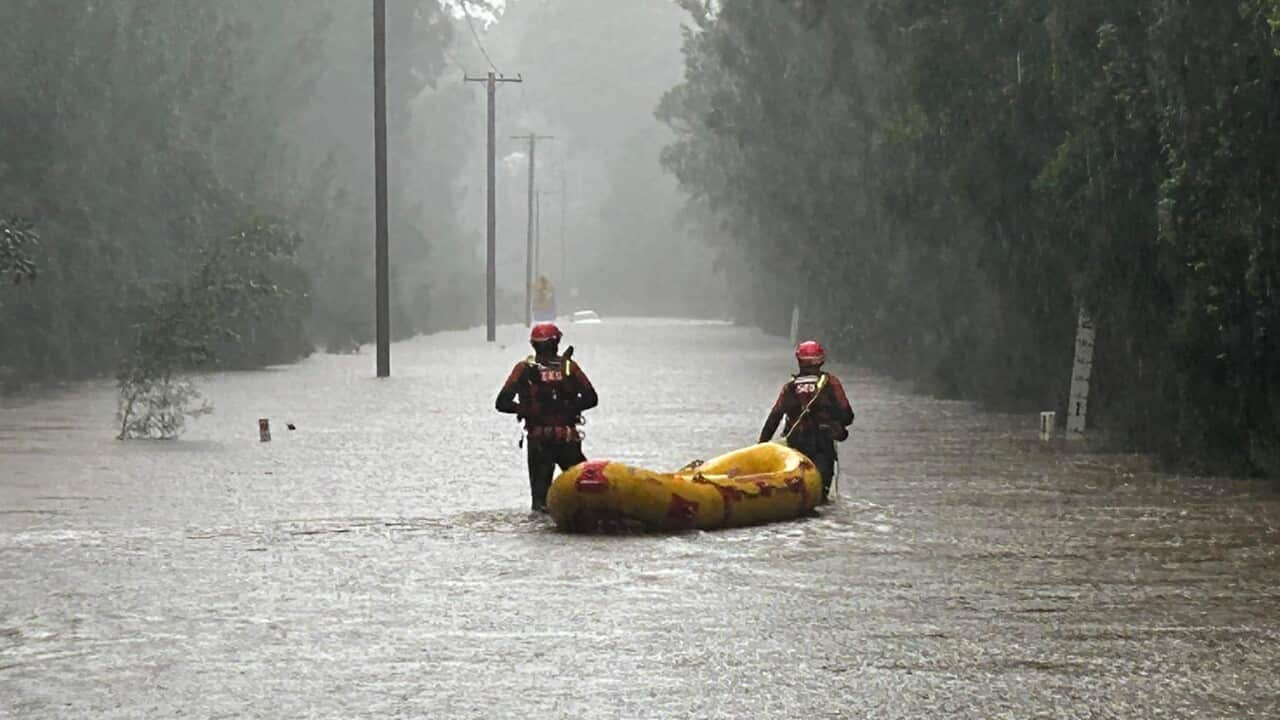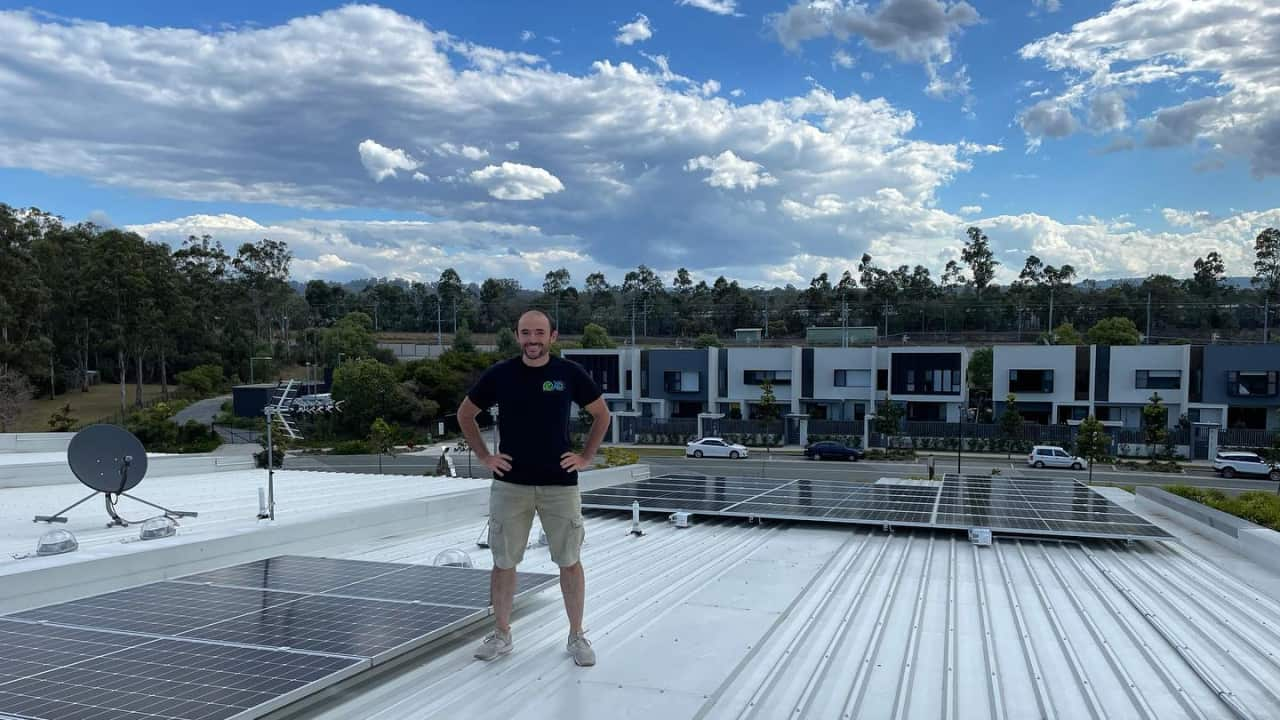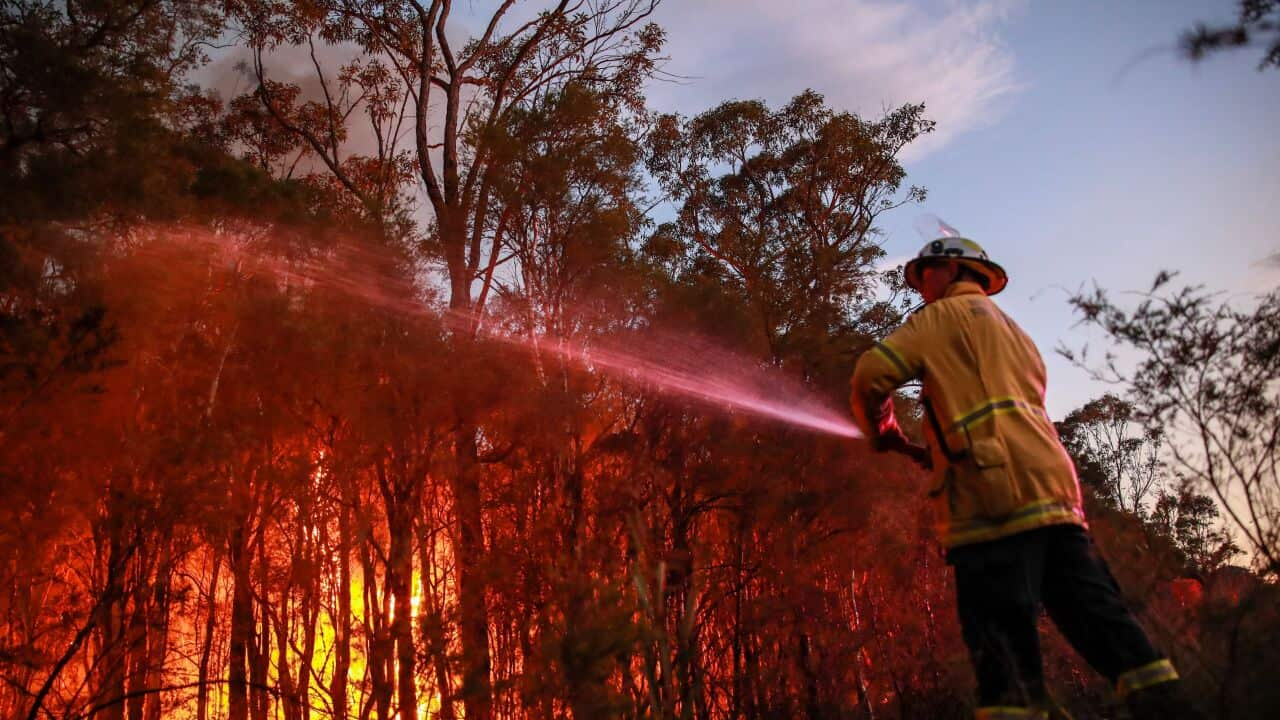Key Points
- The State of the Climate report is published every two years by CSIRO and the Bureau of Meteorology.
- The report found eight of the nine warmest years on record in Australia have occurred since 2013.
- It also found the rate of emissions decline will need to accelerate to meet 2030 emissions targets.
More extreme heat events, longer fire seasons, more intense heavy rainfall and ongoing rises in sea levels are on the cards for Australia as the country's climate continues to change.
The latest State of the Climate report found Australia’s climate has warmed by an average of 1.5C since national records began in 1902 and that eight of the nine warmest years on record have occurred since 2013.
The report, which has been prepared by the Commonwealth Scientific and Industrial Research Organisation (CSIRO) and the Bureau of Meteorology (BoM) every two years since 2010, combines the latest observations and analysis by the organisations and draws on international climate research.
"This warming is largely now locked in; it's due to greenhouse gases that have already accumulated in the atmosphere and those greenhouse gases will continue to warm the oceans in particular over the next couple of decades," said Dr Karl Braganza, the BoM's national manager of climate services.
"This report is essentially our official statement on how the climate system has changed, what the long-term trends are.
"It’s a really important touchstone for understanding just how climate change is unfolding in Australia."
Ian Lowe, emeritus professor in the School of Environment and Science at Griffith University, said: "Australia is uniquely vulnerable to the impacts of climate change. The goal agreed at the Paris talks was to keep the increase in average global temperature below 1.5 degrees, but the Australian land has already warmed by more than this."
Heavy rainfalls in the north, droughts in the south
The report showed continued warming has led to longer fire seasons across the country. in terms of area burned.
The report has also outlined rainfall changes, with a shift toward drier conditions in the south, and heavier rainfalls in the north.
"We have shifts in rainfall across southern Australia from April to October, with a reduction of rainfall of around 16 per cent in the south-west and around 9 per cent in the south-East," Braganza said.
At the same time, in the north, Braganza added, it’s been wetter over the last 30 years.

Source: SBS News
Braganza said heavy rainfall events in general are becoming more intense.
"The intensity has increased by around 10 per cent or more in some regions, particularly in the north."
Oceans continue to warm
The report found that the oceans around Australia continue to warm, with the highest average sea surface temperature recorded in 2022.
Dr Jaclyn Brown is the CSIRO's climate research manager. She said the ocean is "a really big part of the story of climate change".
"Seawater holds about four times the amount of heat than the atmosphere. And that changes the patterns of how the ocean currents work, … with the warming water and the heat waves," she said.
"Increases in temperature have contributed to significant impacts on marine habitats, species and ecosystem health, such as this year," Brown said.

Source: SBS News
"It comes down from Queensland towards New South Wales. But it’s now extending further south and changing the ecosystems through that region," Brown said.
The report showed that sea levels are rising around Australia, increasing the risks to coastal infrastructure and communities.
"Global mean sea level is increasing, having risen by around 22cm since 1900. Half of this rise has occurred since 1970," Brown said.
What does this mean for the future?
The authors of the report highlighted the urgency for Australia to plan for and adapt to the changing nature of climate risk.
"Climate change is an integrated risk," said Braganza.
"It means that there is physical impacts from the climate system changing, and those changes … are flowing through to how our society, economy and other things operate."
"An increase in the frequency of [natural disasters and their costs] is probably a more immediate, tangible aspect of climate change that Australia will feel."
Braganza said it was important to reduce greenhouse gases to avoid those as much as possible.
"The science is just really clear. You need to get to net zero as quickly as possible," he said.
"Obviously, making that change is really hard. It can’t just happen overnight. It involves the economic system, the social system, the engineering systems.
"We are grappling with how do we reduce to net zero as quickly as possible and these reports will just continually monitor what’s happening to keep that awareness," he said.
What can ordinary Australians do?
"Sometimes it can feel very disempowering to just think, — well, what can I do? Not everyone can afford to get an electric car, put solar panels on their roof," Brown said.
"The most important, I think, is education. That this is real and this is happening, and putting in the adaptation measures."
"So thinking about, in your house or in the way you get to work — what is that going to look like in hotter conditions? What will happen with increased rainfall and flood events on your house? Is it ready to withstand that?"
Braganza added that every Australian has their own sphere of influence and skill set to help bring the change.
"I like to think there's no such thing as an ordinary Australian," he said.
"Whether you're a teacher, or a doctor, or a scientist, or you're working in a large corporation, or you're working for government — there's different things we can do that can actually advance the awareness of climate change.
“I really encourage people to work out through their networks in terms of that awareness and to look at what they can influence."




